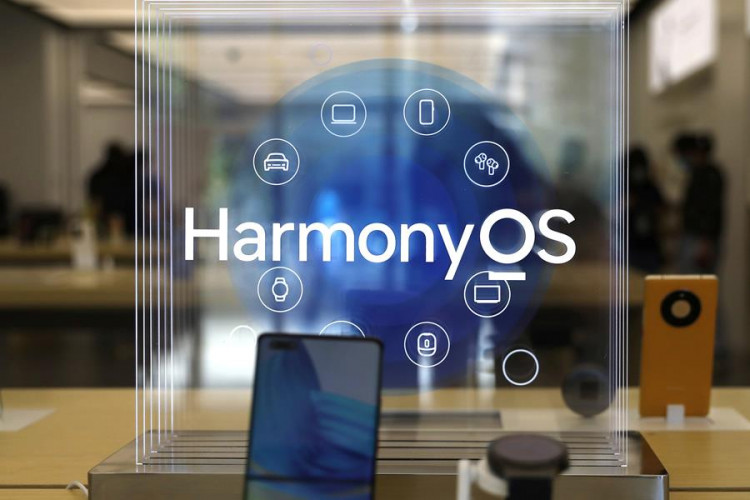Huawei, the Chinese tech giant, has reportedly delayed the launch of its highly anticipated Mate 70 smartphone series, initially slated for October. The postponement is attributed to the need for further development of its in-house operating system, HarmonyOS NEXT. This delay underscores the challenges Huawei faces as it transitions away from Android and seeks to establish its own software ecosystem free from U.S. trade sanctions.
The Mate 70, expected to be powered by Huawei's Kirin chipset, was rumored to launch in October. However, insider sources suggest that the release has been pushed to the fourth quarter of this year, potentially November or December. The specific chipset for the Mate 70 remains uncertain, with conflicting reports about whether it will utilize SMIC's 5nm process or a modified 7nm process. Regardless, the primary obstacle appears to be the completion and optimization of HarmonyOS NEXT.
HarmonyOS NEXT represents Huawei's ambitious effort to develop a fully proprietary operating system. Unlike its predecessor, HarmonyOS, which maintained some compatibility with Android apps, HarmonyOS NEXT eliminates APK support entirely. This move signals Huawei's commitment to building a robust and independent software ecosystem. However, developing such an OS and expanding its app ecosystem is a monumental task. Currently, HarmonyOS NEXT supports approximately 4,000 native apps, a figure Huawei aims to expand to 500,000 in the coming years.
The delays in HarmonyOS NEXT's development are significant. The operating system's ability to support a broad range of applications is crucial for its success, especially in a market dominated by Android and iOS. Huawei's challenge is compounded by the need to ensure a seamless user experience, which requires extensive testing and optimization.
Huawei's transition away from Android began in 2019 after the U.S. imposed trade sanctions that restricted its access to American technology. The company's response was to accelerate the development of HarmonyOS, and now, HarmonyOS NEXT. Despite these efforts, the journey has been fraught with challenges. Developing a new operating system from scratch, particularly one that can compete with established giants like Android and iOS, is a Herculean task.
The Mate 70 series is expected to feature several advanced components, including the Kirin 9100 chip, a curved LTPO OLED display, and an OmniVision OV50K main camera with a variable aperture. However, manufacturing the Kirin 9100 has also encountered setbacks. Initially expected to use SMIC's 5nm process, the production has shifted to a 7nm process due to low yield rates from SMIC's wafers. The N+3 variant of the 7nm process promises higher transistor density than previous 7nm Kirin chips.
Despite these technical challenges, Huawei's leadership remains optimistic. The company's strategy involves leveraging its in-house technology and fostering a self-reliant ecosystem. Soni Kumari, a commodity strategist at ANZ, highlighted the long-term supportive view for Huawei, emphasizing the potential value of their technological advancements and the ongoing geopolitical tensions that influence market dynamics.
Market analysts are closely watching Huawei's progress. The successful launch and adoption of HarmonyOS NEXT are critical for the company's future, particularly in the competitive smartphone market. Investors and consumers alike are eager to see if Huawei can overcome these hurdles and deliver a compelling alternative to Android and iOS.






